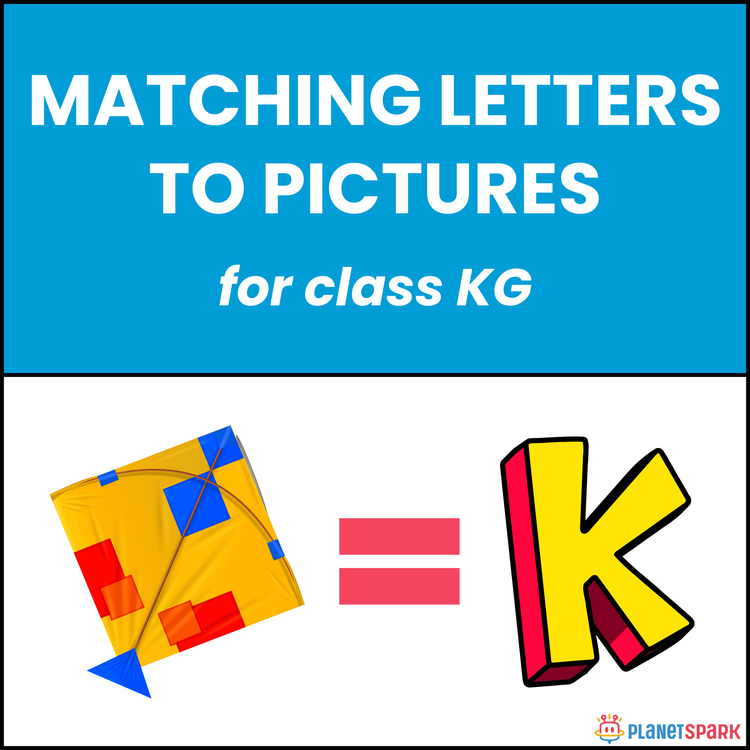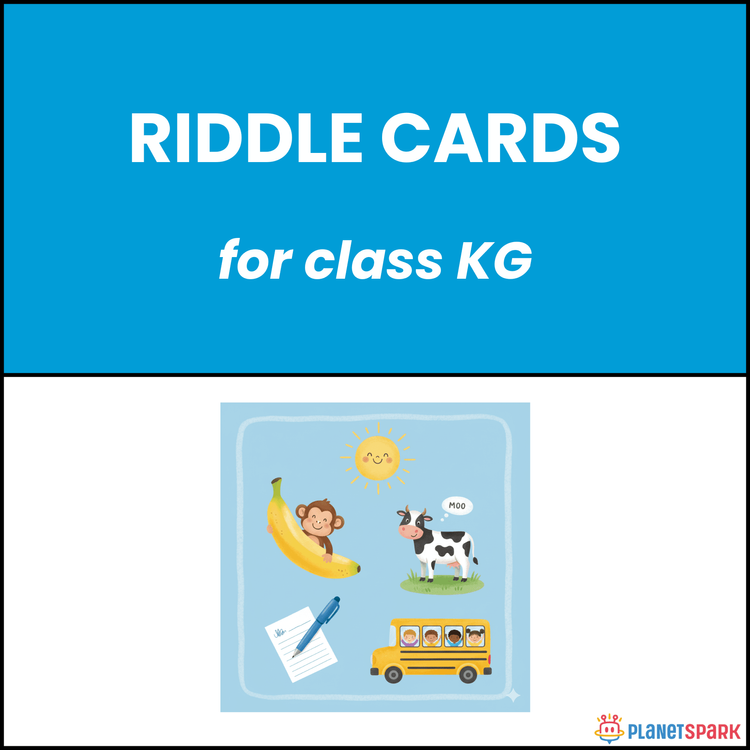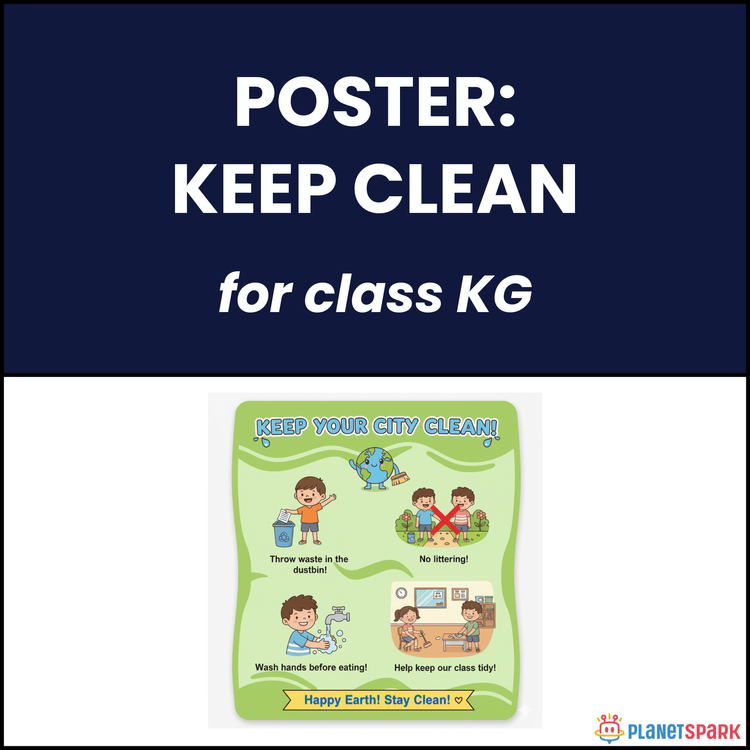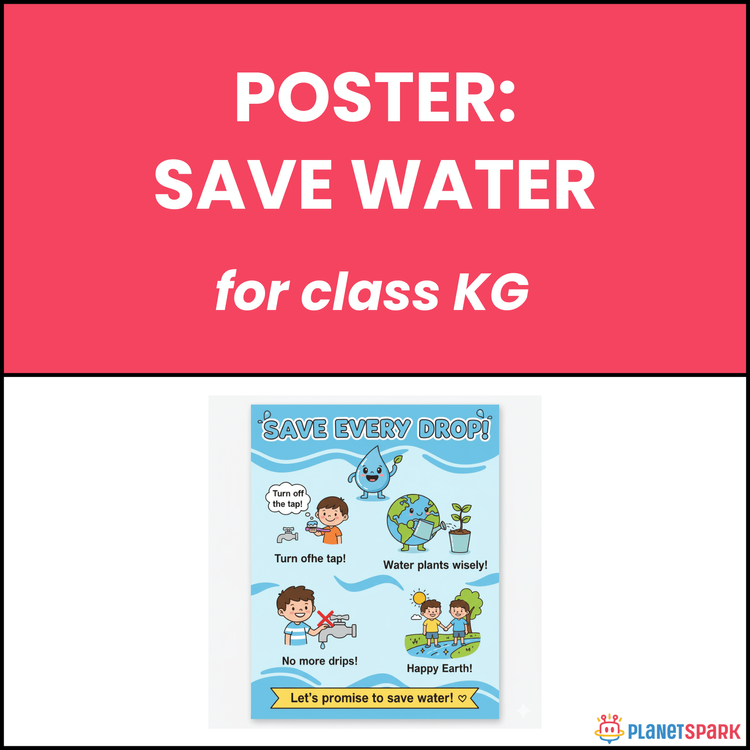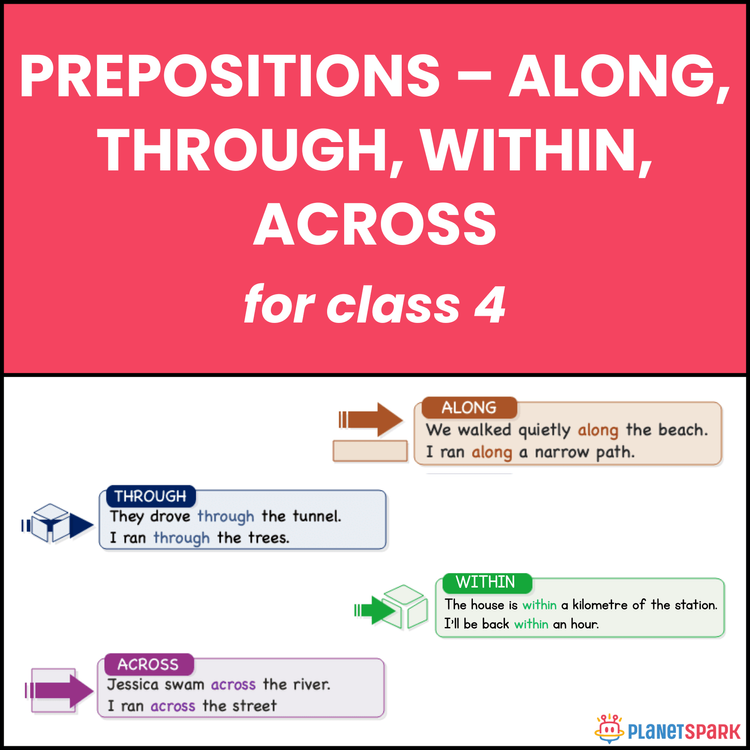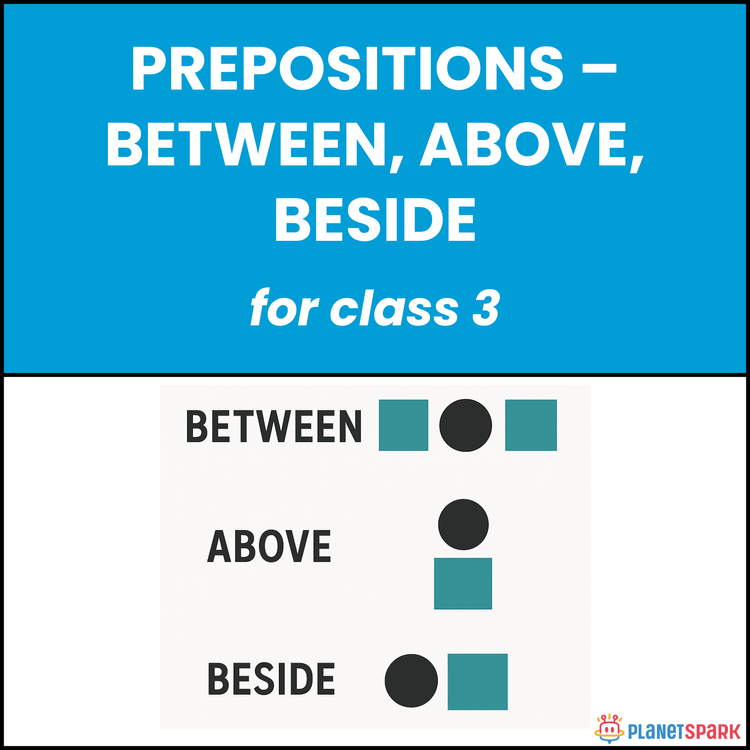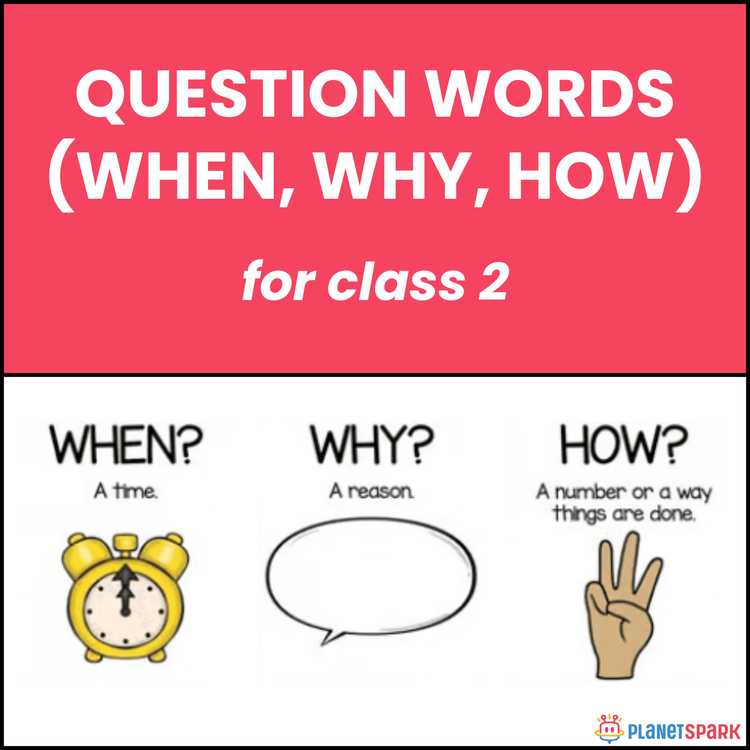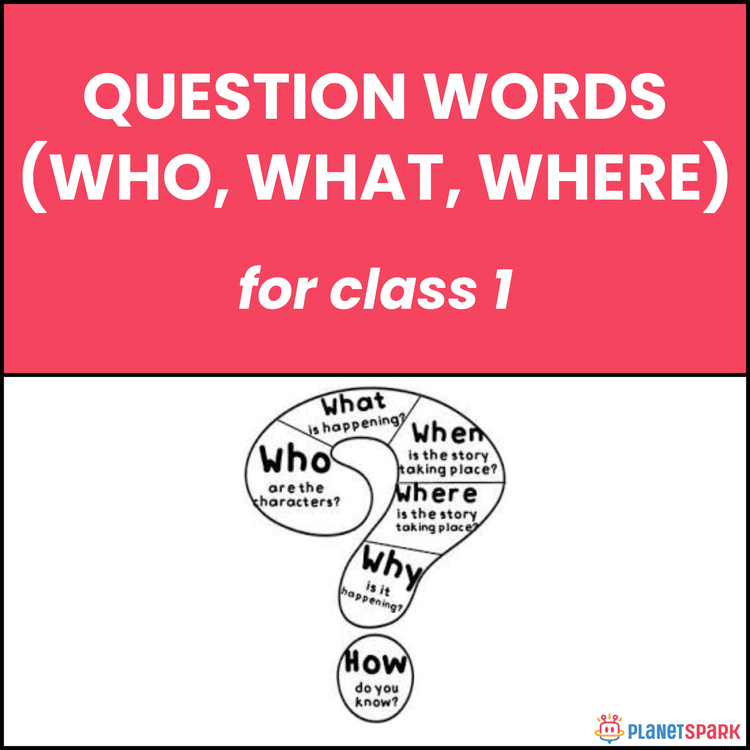Class KG Reading Comprehension on The Little Bird
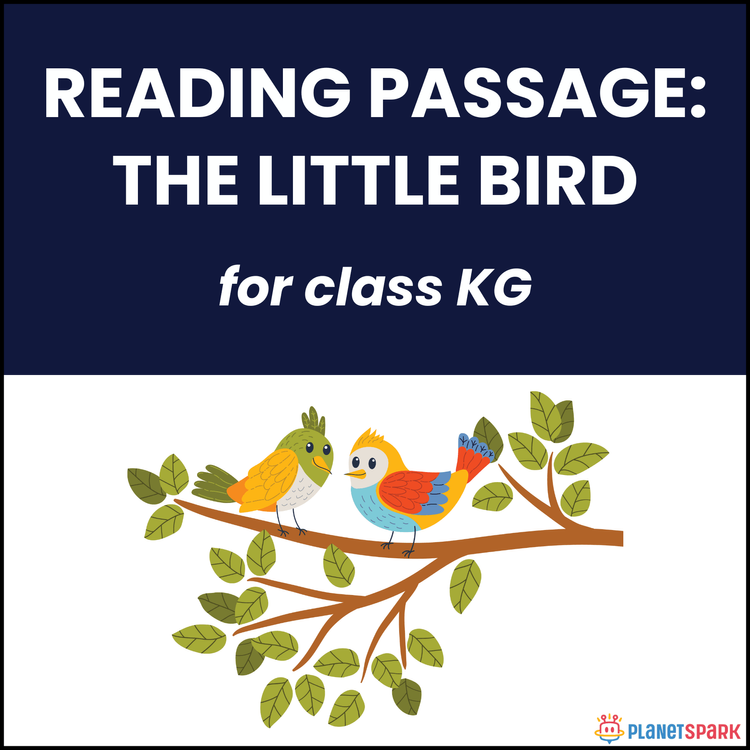

Class KG Reading Comprehension on The Little Bird
The Little Bird: Reading Comprehension for Kindergarten
This Kindergarten worksheet introduces children to the passage "The Little Bird." The story tells about a baby bird sitting on a branch with its mother. The baby bird tries to flap its wings, falls a little, but tries again. The mother bird watches patiently. The baby bird flaps harder and finally flies up into the sky. The mother bird chirps happily as the little bird lands back on the branch to rest. This heartwarming story builds reading fluency, comprehension, and confidence in children.
Why Reading Comprehension Matters in Grammar?
Reading comprehension is essential for early learners because it:
1. Builds vocabulary with words like bird, branch, wings, sky, and chirp.
2. Encourages perseverance and determination through storytelling.
3. Develops focus and recall through simple factual questions.
4. Connects grammar learning with engaging, real-world experiences.
What’s Inside This Worksheet?
🧠 Exercise 1 – Read the Passage: A short story about a baby bird learning to fly.
✏️ Exercise 2 – Answer the Questions: Multiple-choice questions to test recall and understanding.
Answer Key (For Parents & Educators)
Exercise 2 – Multiple Choice Questions
1. Who sat on the branch? → Baby bird
2. Who watched the baby bird? → Mother bird
3. What did the baby bird try to flap? → Wings
4. What happened first? → Fell
5. What could the baby bird do at the end? → Fly
6. How did the mother bird feel? → Happy
7. Where did the bird fly? → Sky
8. What sound did the mother bird make? → Chirp
9. Where did the baby bird land? → Branch
10. What did the baby bird do again? → Tried
This worksheet makes comprehension joyful and motivational, helping Kindergarten learners build vocabulary, confidence, and persistence through storytelling.
Support your child’s literacy journey with this inspiring Little Bird worksheet.
Frequently Asked Questions
They teach observation and introduce simple descriptive words naturally.
Direct questions like “Where is the bird?” or “What is it doing?” are effective.
By predicting what happens next and answering “why” questions.
